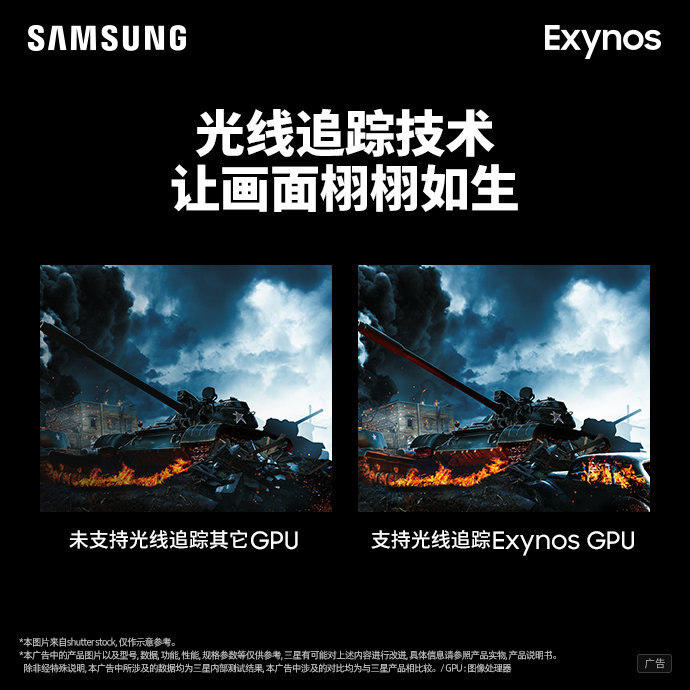Exynos 2200 Promised To Bring Ray Tracing To Mobile
Smartphones and tablets have become extremely powerful to the point that some of them can even give cheaper laptops a run for their money. The processors that power these mobile devices can stand toe to toe with some laptop-class chips, as Apple's M1 Silicon easily proved. There are, however, some things these mobile chipsets still can't do, but Samsung is promising to narrow that gap with the Exynos 2200 and its ability to perform ray tracing on smartphones, tablets, and maybe even some laptops.
Ray tracing isn't exactly new and is one of the oldest methods used to generate photorealistic computer images. It has always been computationally expensive, however, which is why most graphics technologies have tried to use workarounds to pull off the same quality images with less. The recent generation of graphics cards, like the NVIDIA RTX series and its equivalent AMD RDNA 2 family, bring ray tracing back to the forefront by using advanced hardware and software techniques to make it less expensive.
Despite advancements in manufacturing and silicon technologies, that level of graphics complexity has so far been outside the reach of smartphones. That's what makes Samsung's claim very interesting because it would represent the biggest jump in mobile graphics history if true. According to its post on Weibo, an upcoming Exynos chip, which admittedly wasn't named the Exynos 2200, will bring pictures to life using this ray tracing technology.

While ray tracing capabilities will benefit 3D games the most, it does suggest that the chipset will have a pretty strong GPU. There have been benchmarks showing the Exynos 2200 outperforming current and upcoming Mali GPUs, though it will need to be verified inside a smartphone that often applies some performance throttling for the sake of thermal management and battery life.
The bigger question, however, is when and where we'll see the Exynos 2200 in action. The upcoming Galaxy S22 series sounds like the most likely recipient, but there have also been rumors of the chip landing inside a laptop first to compete with the M1 MacBooks.
